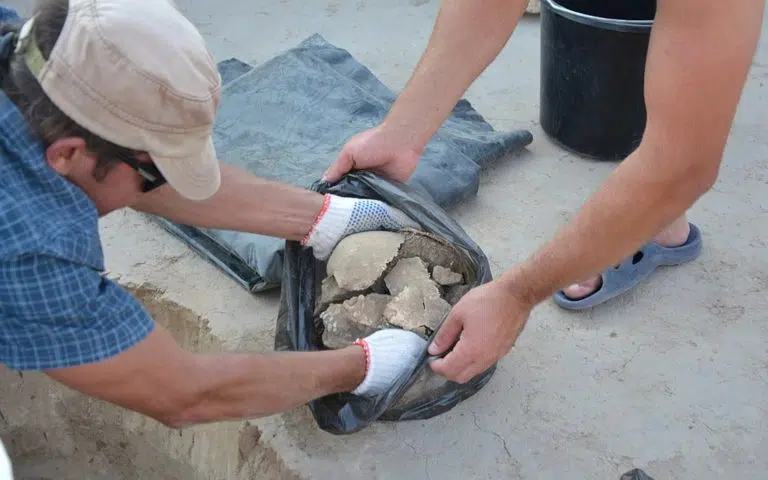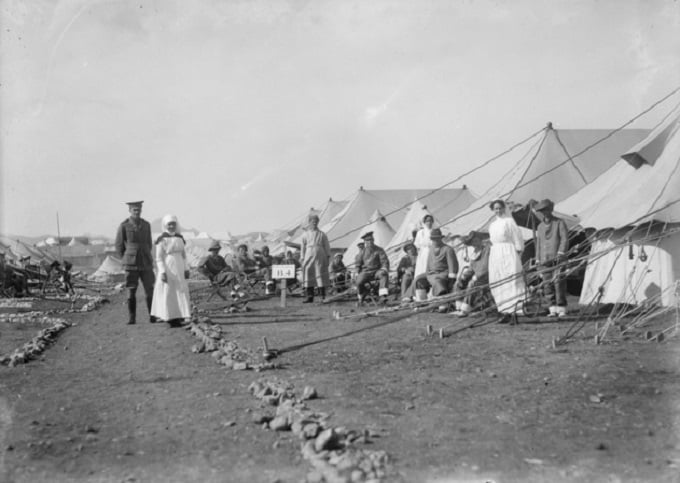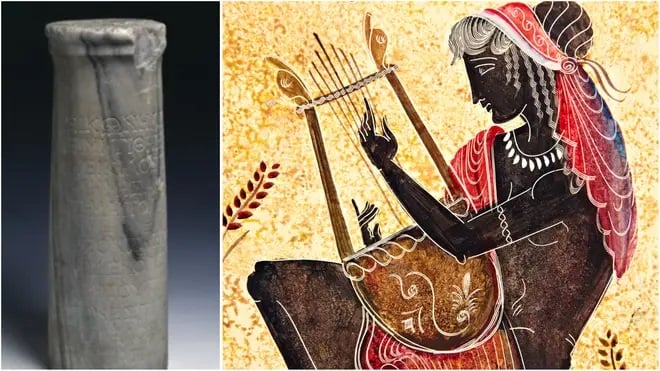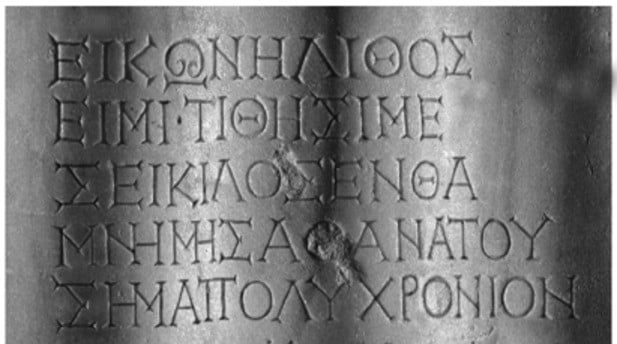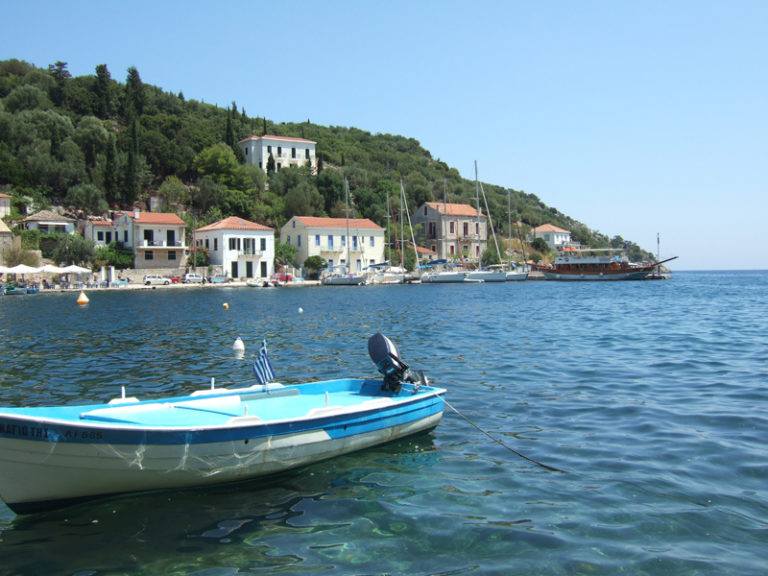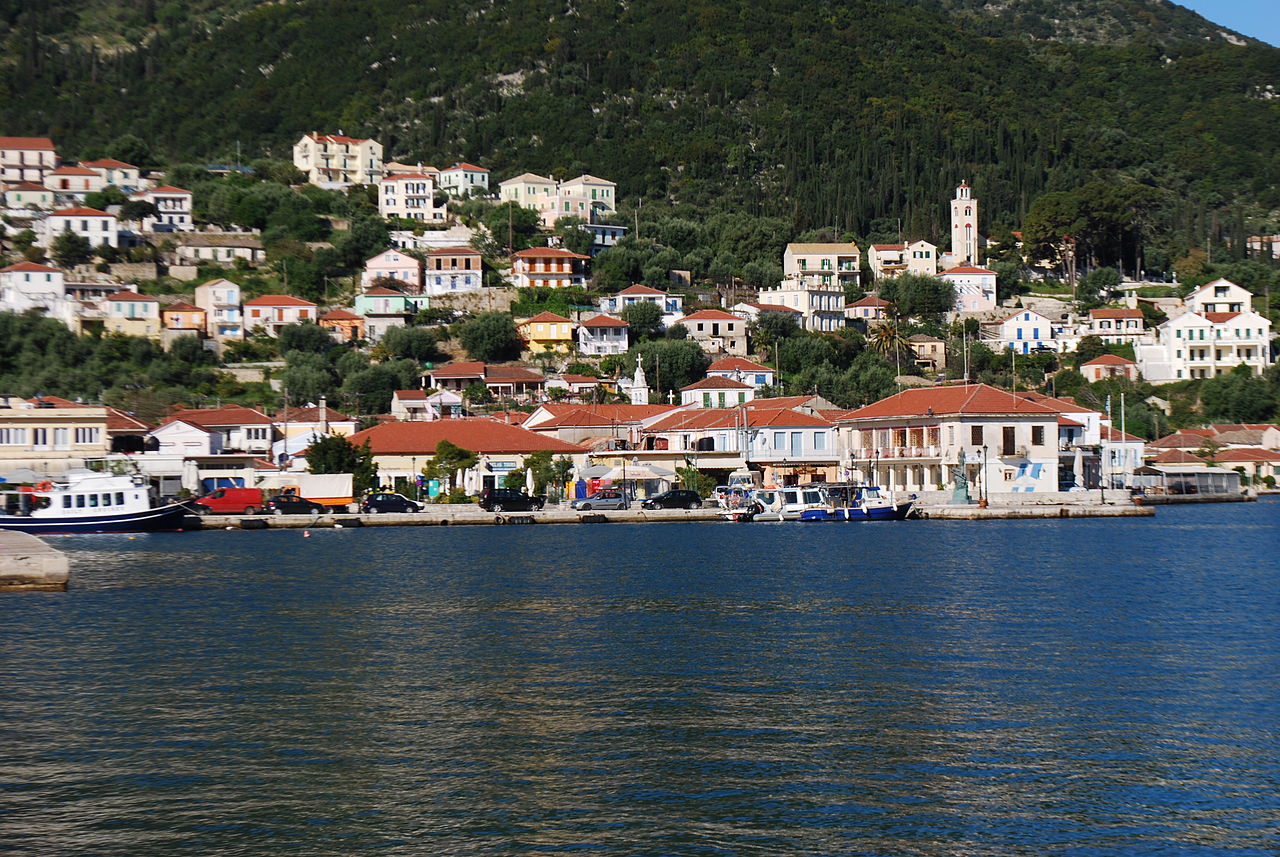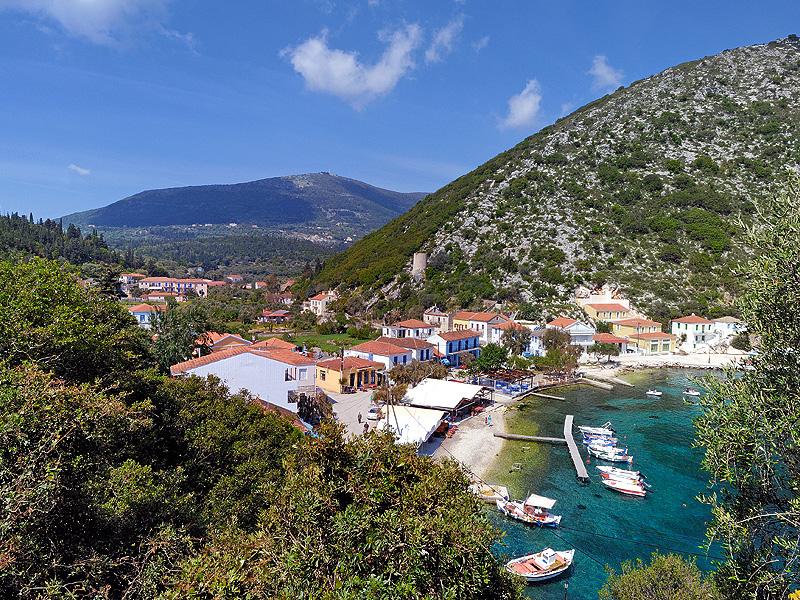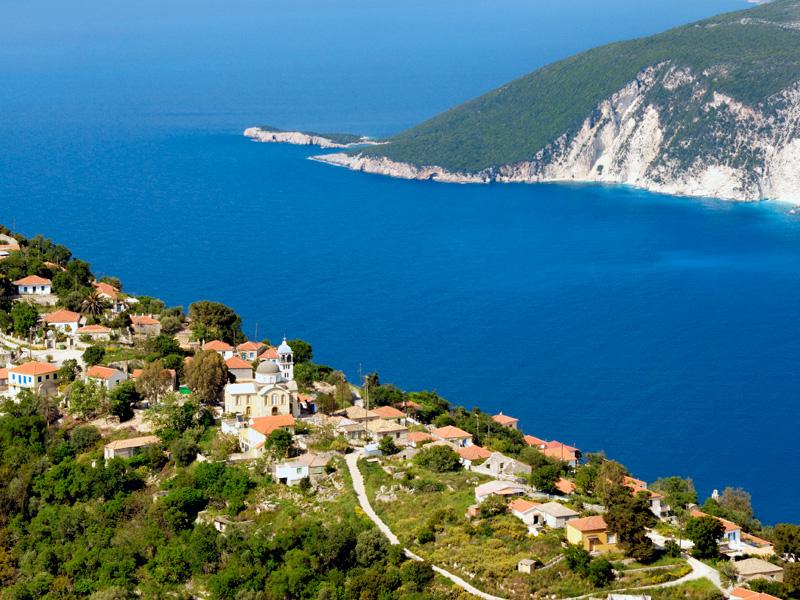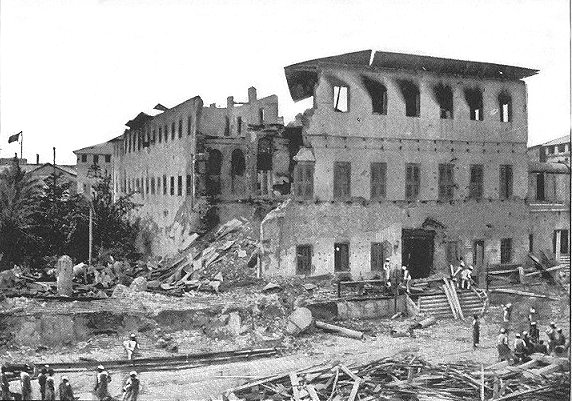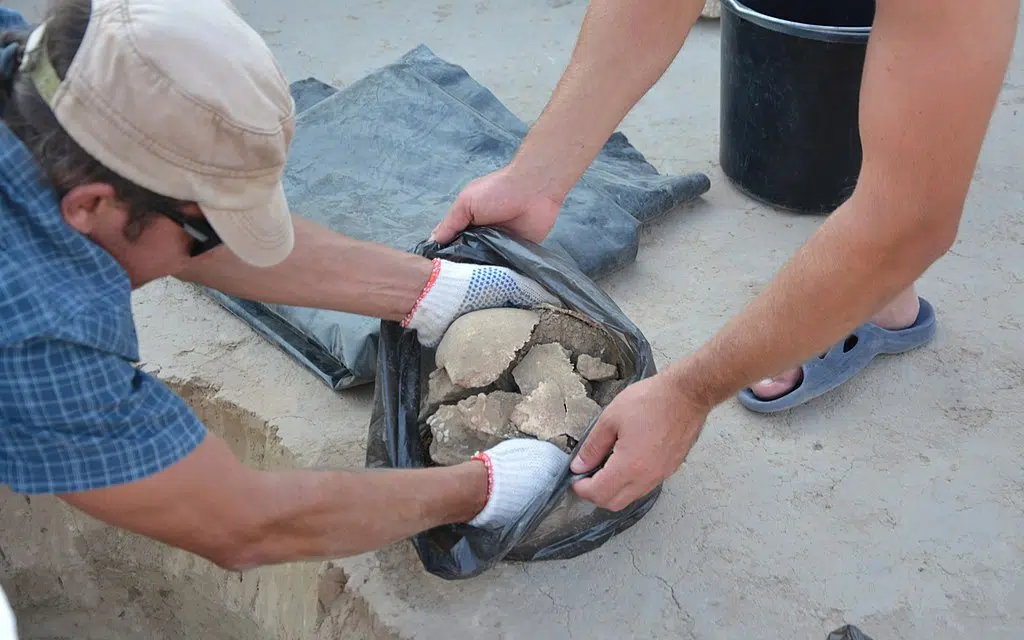
A necropolis from the pre-Roman era, full of rich grave artifacts, was discovered in Southern Italy during excavations for the construction of an electricity power station, local authorities said.
What was found in the necropolis in Southern Italy?
The necropolis was discovered near Amorosi, around 31 miles (50km) away from Naples, during test excavations to construct an electric station linked to a high-speed train line, the authorities said in a statement.
The best-preserved archaeological material was unearthed in a burial area of roughly 13,000 square meters (139,930 sq feet). It has been dated to between the final stages of the Iron Age and the 8th to 7th century BC and includes 88 tombs.
A pre-Roman necropolis characterised by rich grave artefacts was discovered in southern Italy during excavations for the construction of an electricity power station, local authorities said https://t.co/Xijxsfuxiu pic.twitter.com/M0H198AUPI
— Reuters (@Reuters) April 24, 2024
Weapons were uncovered in the male tombs, while the female tombs included bronze ornaments such as bracelets and pendants.
“The grave artifacts also included large quantities of vases of different shapes, often stacked on top of each other, usually laid at the feet of the deceased in a reserved space,” the local cultural heritage authority said.
“This archaeological discovery is of decisive importance for the history of our culture,” Amorosi Mayor Carmine Cacchillo said, as reported by Reuters.
Iron-Age cultures of Italy
Many different cultures inhabited the land mass that eventually became Italy, during the late Iron Age. The most well-known of them being the Villanova culture, the name of which is derived from a locality in the frazione Villanova of Castenaso, Citta metropolitana di Bologna, in Emilia, Italy, where a necropolis was discovered by Giovanni Gozzadini in 1853-1856.
It succeeded the Proto-Villanovan culture during the Iron Age in the territory of Tuscany and northern Lazio, and spread in parts of Romagna, Campania, and Fermo in the Marche.
The main characteristic of the Villanovans (with some similarities with the so-called Proto-Villanovan period of the late Bronze Age) was the cremation burials, in which the deceased’s ashes were housed in bi-conical urns and buried.
The burial characteristics relate the Villanovan culture to the Central European Urnfield culture, and Hallstatt culture – which succeeded the Urnfield culture.
Other Iron Age peoples included the Latial culture, Este culture, Golasecca culture, Fritzens-Sanzeno culture, and the Camuni.
The Golasecca culture developed starting from the early Iron Age in the northwestern Po plain. It takes its name from Golasecca, a locality next to the Ticino where, in the early 19th century, abbot Giovanni Battista Giani of Italy, excavated its first findings – some fifty necropolis tombs with ceramics and metal objects.
Remains of the Golasecca culture span an area of around 20,000 square kilometers (7,700 miles) south to the Alps, between the Po, Sesia, and Serio rivers, dating from the ninth to the fourth century BC.
Their origins can be directly traced from that of Canegrate and to the so-called Proto-Golasecca culture (12th–10th centuries BC). The Golasecca culture traded with the Etruscans and the Hallstatt culture to the north, later reaching the Greek world and trading oil, wine, bronze objects, ceramics, and others, along with northern Europe, where they traded tin and amber from the Baltic coast.



